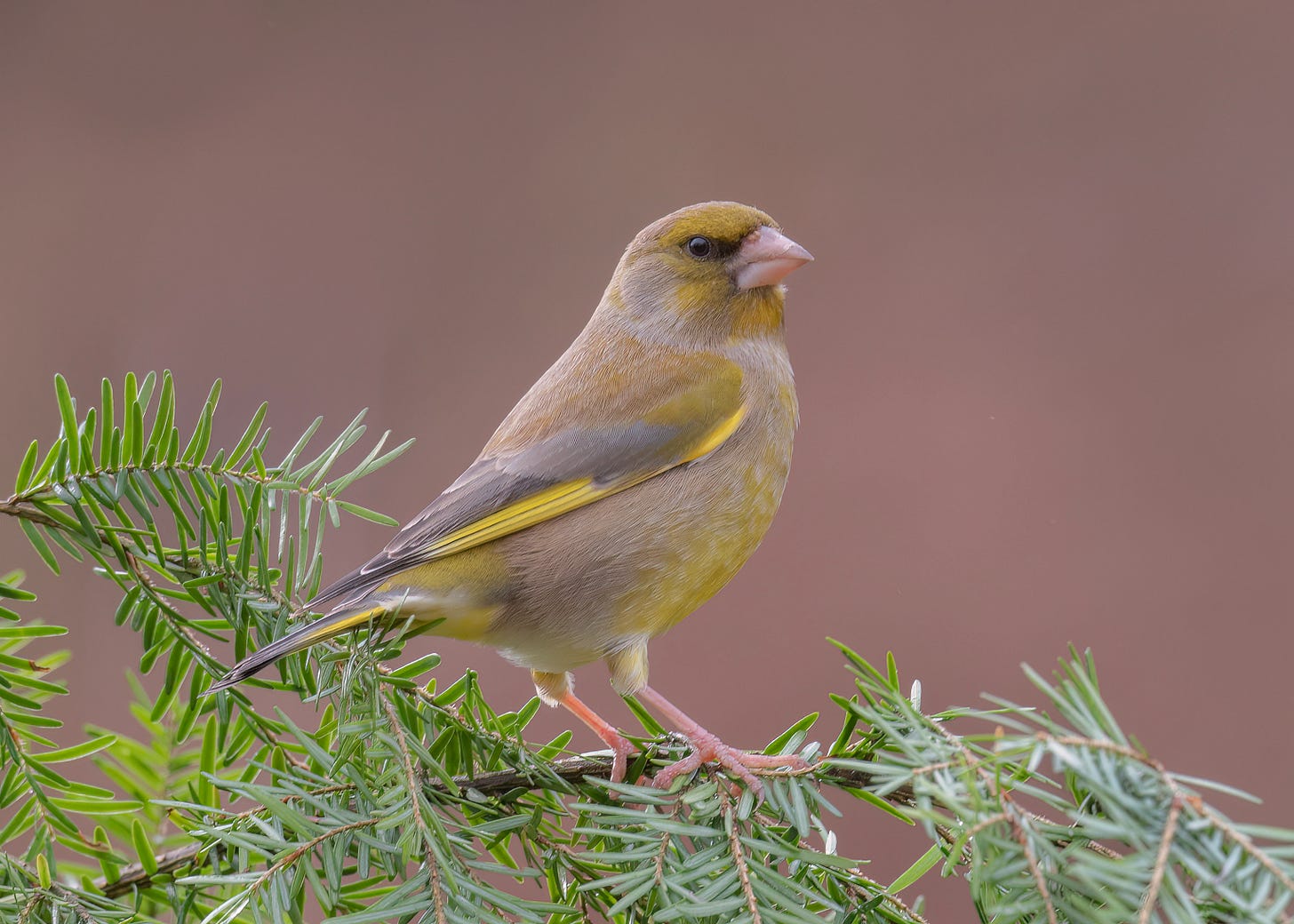How To Disease-Proof Your Wild Bird Feeders
Feeding wild birds is a popular hobby globally, but it presents invisible disease risks to the very birds that we are feeding — but there are ways to safeguard their health
Adult male European Greenfinch, Chloris chloris. These highly-social songbirds are particularly at risk from Trichomoniasis infections when fed from bird feeders. (Credit: Caroline Legg / CC BY 2.0)
Recently, the Royal Society for the Protection of Birds (RSPB) removed flat “table” bird feeders and associated items from its website sale offerings because the evidence suggests that this style of feeder may be helping spread fatal diseases amongst wild birds, especially finches. The most vulnerable are wild European greenfinches, Chloris chloris, which have been experiencing a severe population decline throughout the UK since the mid-2000s due to trichomonosis, a parasite that infects the tissues in a bird’s mouth, throat and esophagus, creating ulcers that make it difficult for the bird to eat and breathe. This nasty parasite, Trichomonas gallinae, spreads through saliva-contaminated water and seeds (ref) — but fortunately cannot infect humans.
Keep reading with a 7-day free trial
Subscribe to Words About Birds to keep reading this post and get 7 days of free access to the full post archives.




